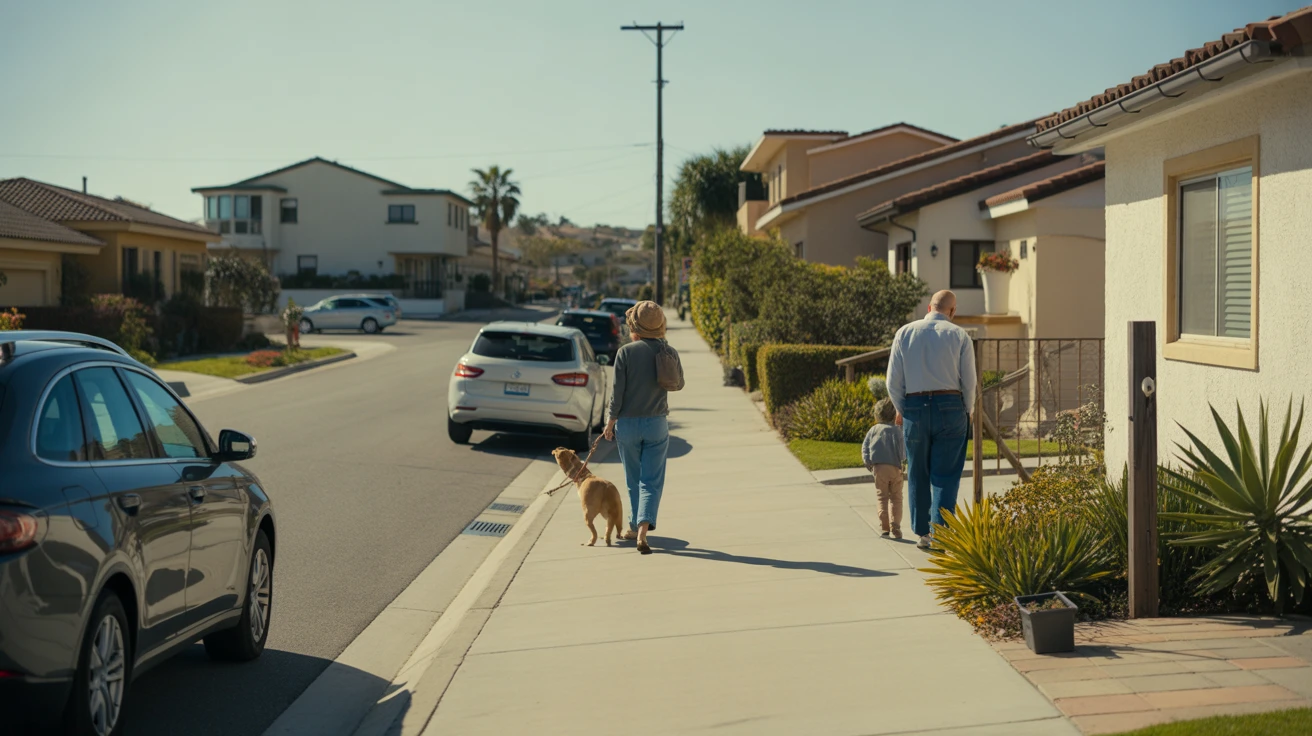When Olivia moved into her new apartment in National City, she was excited to finally have her own place. But when her first utility bill arrived, her jaw dropped. “I had no idea utilities could cost this much,” she thought, staring at the breakdown of charges. If you’re also wondering what typical utility costs look like in National City, you’re not alone.
In National City, utilities usually include electricity, water, trash, natural gas, and recycling. The average household spends $200–$300 per month on utilities, but this can vary widely based on home size, occupancy, and seasonal shifts.

Monthly Utility Cost Estimates in National City
Wondering how much your monthly bills might run? Here’s a quick breakdown for a typical home in National City:
| Utility | Estimated Monthly Cost |
|---|---|
| Electricity | $80–$150 |
| Water | $60–$100 |
| Natural Gas | $30–$50 |
| Trash & Recycling | $25–$40 |
| Total | $195–$340 |
Estimates reflect a mid-size household in a single-family home. Your actual costs may be higher or lower.
Keep in mind, this doesn’t include extras like [Internet Costs in National City in 2025: Average Prices & Plans](/national-city-ca/internet-streaming-costs/) or other [Hidden Costs of Living in National City, CA](/national-city-ca/local-hidden-fees/). Factor those in for a full picture of your monthly expenses.
How Weather Impacts Utility Costs in National City
In National City, seasonal weather patterns have a big impact on utility bills—especially electricity. Summers here are warm and dry, with average highs in the mid-70s°F. While that may sound mild, many homes still crank up the AC to beat the heat. In fact, many National City households see electric bills 30–50% higher in peak summer compared to spring.
Winters are cooler, with lows dipping into the high 40s°F. While heating needs are lower than in colder climates, you may still see a bump in your gas bill to take the chill off. Expect gas costs to rise 20–30% in the coldest months.
Another local quirk: the marine layer. National City’s proximity to the coast means foggy, humid mornings are common—even when it’s not raining. That dampness can make it feel colder than it really is, tempting you to reach for the thermostat. But try to resist the urge and bundle up instead. Even a few degrees can make a big difference in your heating costs over a month.
How to Save on Utilities in National City
While some utility costs are unavoidable, there are ways to keep your bills in check. Here are a few tips:
- Sign up for off-peak billing programs to get lower rates during non-peak hours
- Take advantage of solar panel incentives to generate your own clean energy
- Install a smart thermostat to automatically adjust temps when you’re away
- Plant shade trees near your home to block summer sun and reduce cooling needs
- Upgrade to energy-efficient appliances when it’s time to replace
🏆 Tip: Check if your utility provider offers rebates for energy-efficient AC units. SDG&E, the main electric company in National City, has programs that can shave hundreds off a new system—and cut your cooling costs for years to come.
FAQs About Utility Costs in National City
What is the average electric bill in National City during summer?
In the hottest months (usually August–October), expect to pay $120–$200 for electricity in an average-size home. Larger homes or those with older, less efficient AC may pay even more.
Do HOAs cover any utilities?
It depends on the community, but most HOAs in National City do not cover utilities. You’ll typically be responsible for electricity, water, gas, and trash on your own. Double-check your HOA agreement to be sure.
Is water more expensive in National City than nearby cities?
Water rates in National City are fairly typical for the region. Expect to pay $60–$100 per month for an average household. Costs are a bit lower than in San Diego proper but may be slightly higher than outlying suburbs.
Plan Smart for Utility Costs in National City
While utility costs can be a big line item in your National City budget, a little planning goes a long way. By understanding the major cost drivers—like AC use in summer and heating in winter—you can adjust your habits to keep bills under control.
Simple changes like setting your thermostat a few degrees higher in summer or lower in winter, taking advantage of off-peak rates, and upgrading to efficient appliances can all add up to major savings. With a little know-how, you can keep your utility costs in check while still staying comfortable in your National City home.
